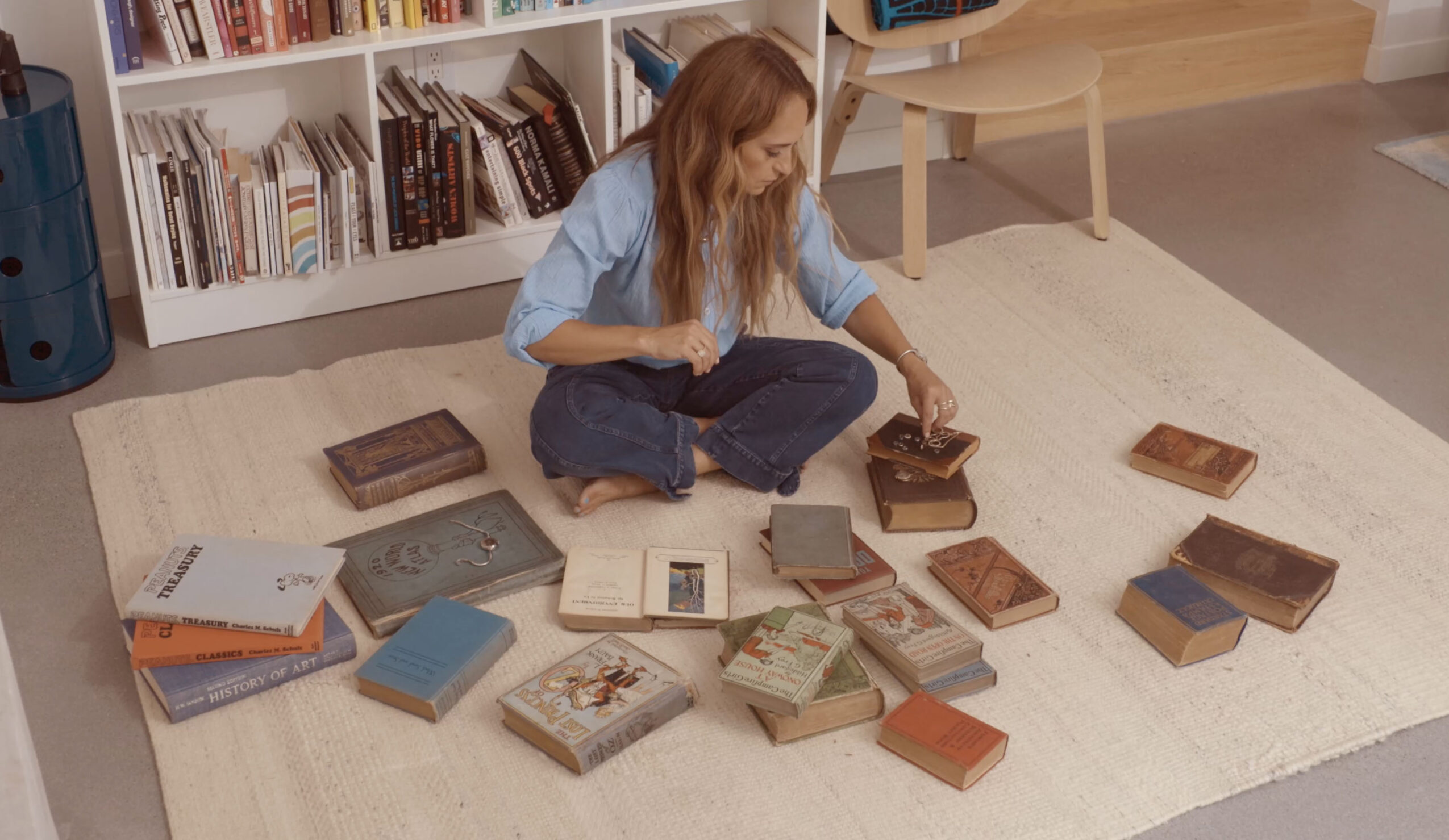

We recently had the chance to connect with Martine Ilana and have shared our conversation below.
Hi Martine, thank you so much for joining us today. We’re thrilled to learn more about your journey, values and what you are currently working on. Let’s start with an ice breaker: What makes you lose track of time—and find yourself again?
What helps me lose track of time and reconnect with myself is being outdoors and immersed in nature. Simply being in natural surroundings resets my mind, balances my creative energy, and gives me space to refocus after busy days full of technology, meetings, and family life. I have always drawn visual inspiration from a natural environment, and through my experiences in sustainability, I have also come to appreciate the wisdom in natural systems and order. Running, biking, or hiking outdoors feels like I have wiped my mind’s slate clean—by the end of any of those activities outside, I’m refreshed, recharged, and ready for the next challenge.
Can you briefly introduce yourself and share what makes you or your brand unique?
I am the founder and principal designer of Temescal Creative, a design studio dedicated to interiors and furniture rooted in sustainability, craftsmanship, and storytelling. My work is guided by a belief that design should feel both personal and lasting. Recently, I have been developing new furniture collections that embody this philosophy—tables and stools crafted from upcycled leather and a series of hand-tiled tables made with materials sourced from Mexico, Scandinavia, and the reclaimed wood sources within the USA. Each piece explores how materials with history and soul can be reimagined into something timeless.
Alongside Temescal, I have created La Lune, a vintage-inspired timepiece and jewelry brand that revives the artistry of pre-digital watchmaking. Both companies are connected by the same ethos: designing with intention, honoring craft, and creating objects that carry meaning far beyond their function.
At the heart of everything I do—whether interiors, furniture, or timepieces—is the idea of forging connections between people, place, and material, with sustainability and longevity always in mind.
Okay, so here’s a deep one: What was your earliest memory of feeling powerful?
One of my earliest memories of feeling powerful, is when I realized around 4-5 years old, that the crafted objects that I was giving to friends and family, were bringing them so much joy! Seeing family and friends light up when receiving something I had made—gave me an early sense of the impact design and my own thoughts could have. At just four years old, I remember bedazzling our family’s home phone in bold 80s style. To my parents’ mix of horror and amusement, it revealed both the unstoppable force of my creativity and the need to channel it. That moment was the spark that set me on the path toward a lifelong career in design.
When did you stop hiding your pain and start using it as power?
I wouldn’t describe my experience as “pain” so much as a kind of “resistance” to initial ideas, projects, or processes that didn’t go as planned. Over time, I came to see this resistance not as frustration, but as a valuable signal—an invitation to learn and grow.
Tight deadlines, flawed production runs, and collaborations with people who approached problems differently all pushed me to reframe challenges and uncover stronger solutions.
Through this, I developed the practice of reframing: pausing to document processes, clarifying the end goal, and carefully mapping out the steps for a solid foundation. While this may sometimes feel slower in the moment, it consistently leads to better outcomes.
This approach has become a source of strength for both myself and Temescal. What we bring to clients is not only creativity, but also foresight and strategic problem-solving—ensuring that ideas don’t just exist on paper, but succeed in the real world.
Sure, so let’s go deeper into your values and how you think. What do you believe is true but cannot prove?
I believe that one’s intuition is the best source of power and truth. I trust my gut when approaching a project or decision, while also balancing it with thoughtful considerations and using data to support the intention. One example of this was during my time operating the American Lacing leather factory. We had thousands of pounds of leather offcuts and remnants, and while many people told me it was not worth the effort, my intuition told me we could repurpose them. I decided to create remnant craft kit bags to sell in Michaels’ Craft. stores. Ultimately, this decision not only led to significant cost savings by preventing material from being discarded, but it also had a major positive environmental impact by keeping valuable leather in use rather than sending it to a landfill. Some of my biggest professional mistakes have taken place when I ignored that intuition. I have learned that honoring that inner guidance—while still grounding it in careful planning and data—consistently leads to stronger, more meaningful outcomes.
Okay, so before we go, let’s tackle one more area. When do you feel most at peace?
I feel most at peace when I am using my hands to create or design—whether it is crafting an object, designing a piece of furniture, or working with clients to shape their spaces. There is something deeply cathartic about bringing an idea into physical form. Being in a calm, natural environment at the same time amplifies this feeling, fueling both my creativity and my sense of focus and balance.
Contact Info:
- Website: https://www.temescalcreative.com/
- Instagram: https://www.instagram.com/temescal_creative/
- Linkedin: https://www.linkedin.com/in/martineilana/
- Facebook: https://www.facebook.com/TemescalCreativeDesign/
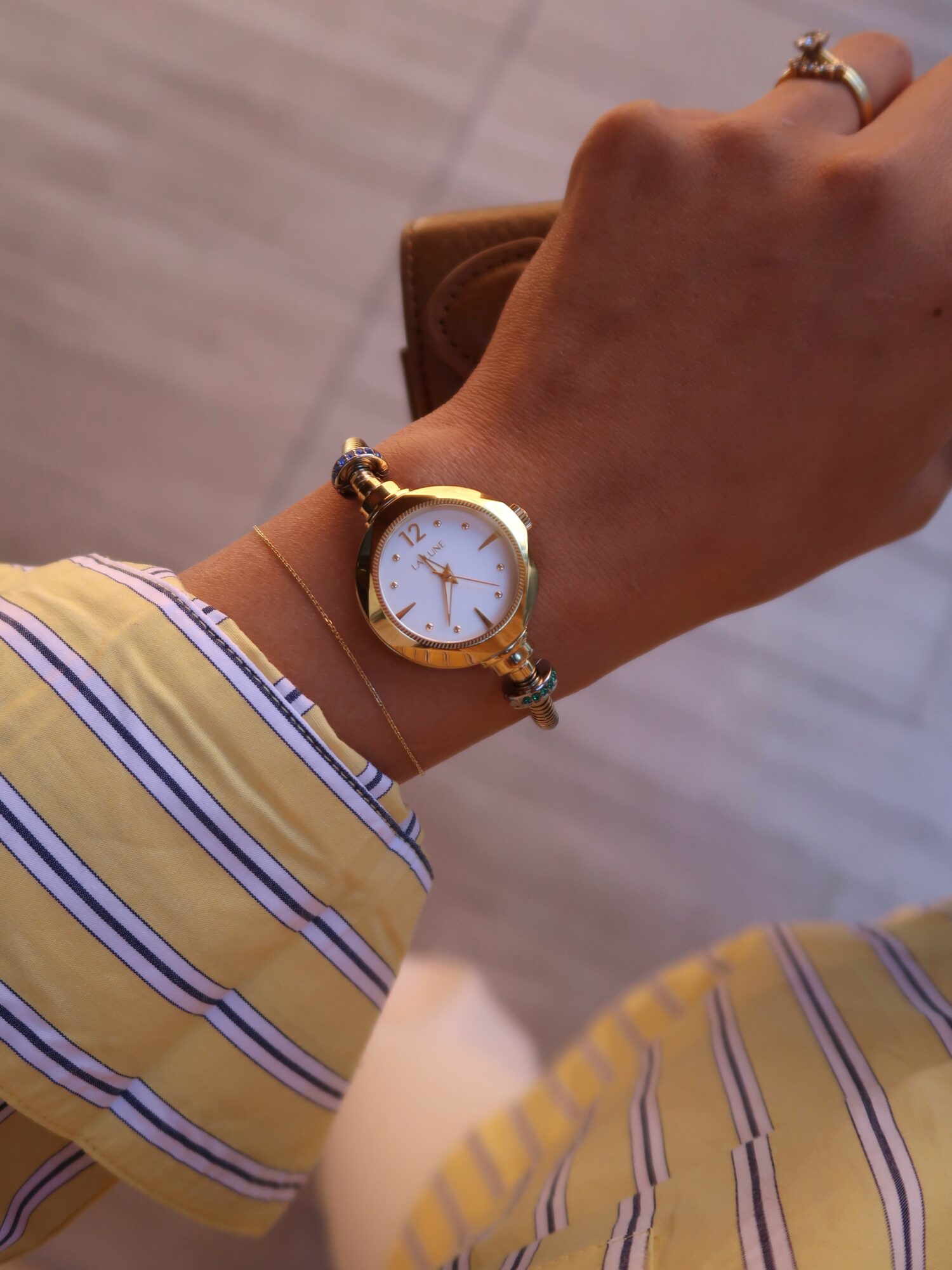
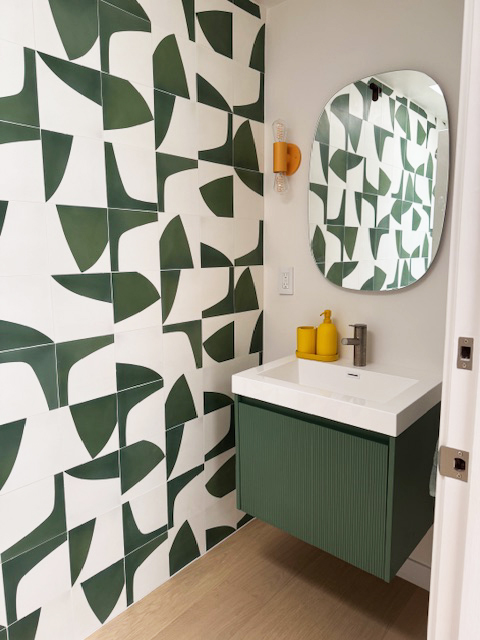
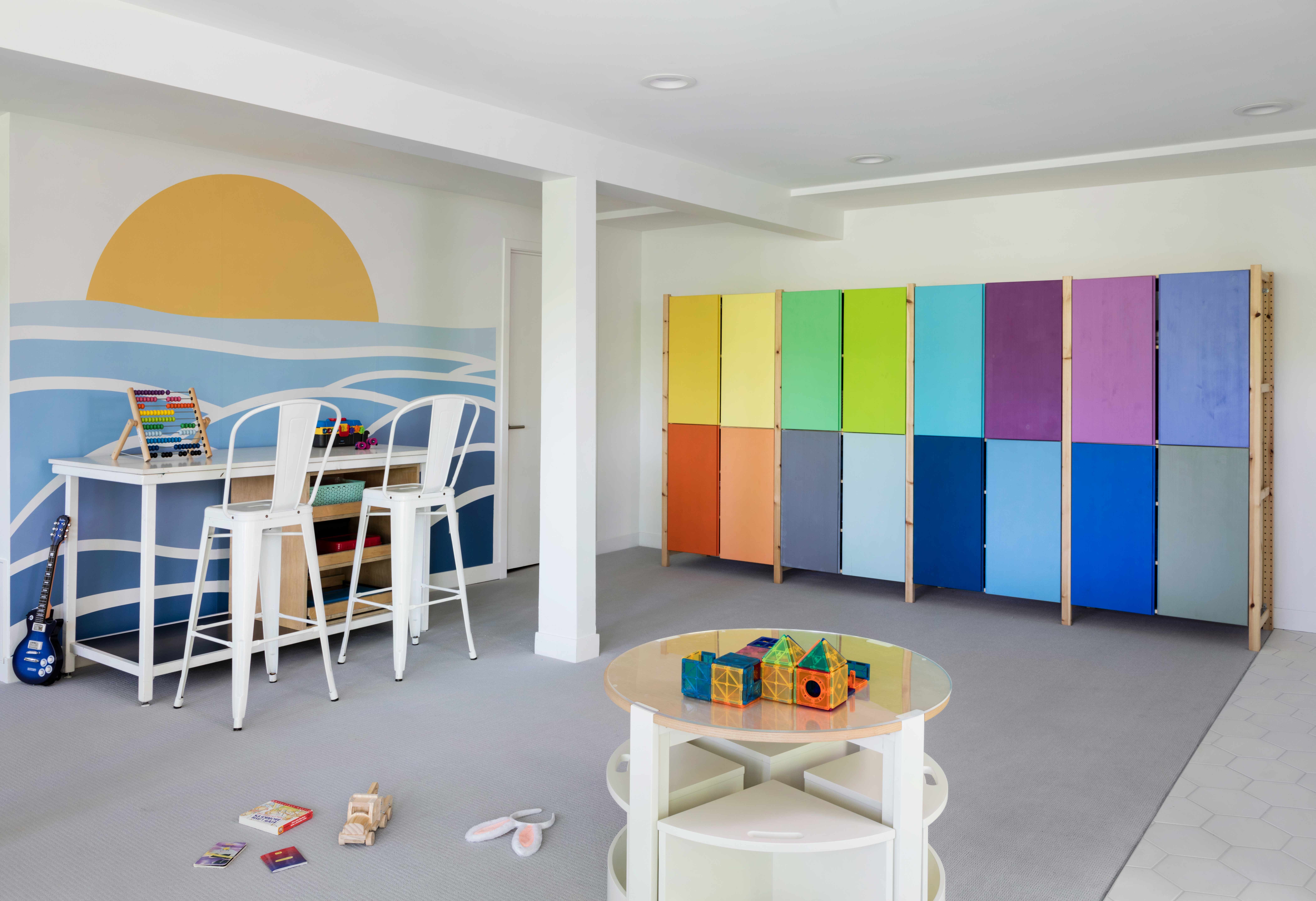
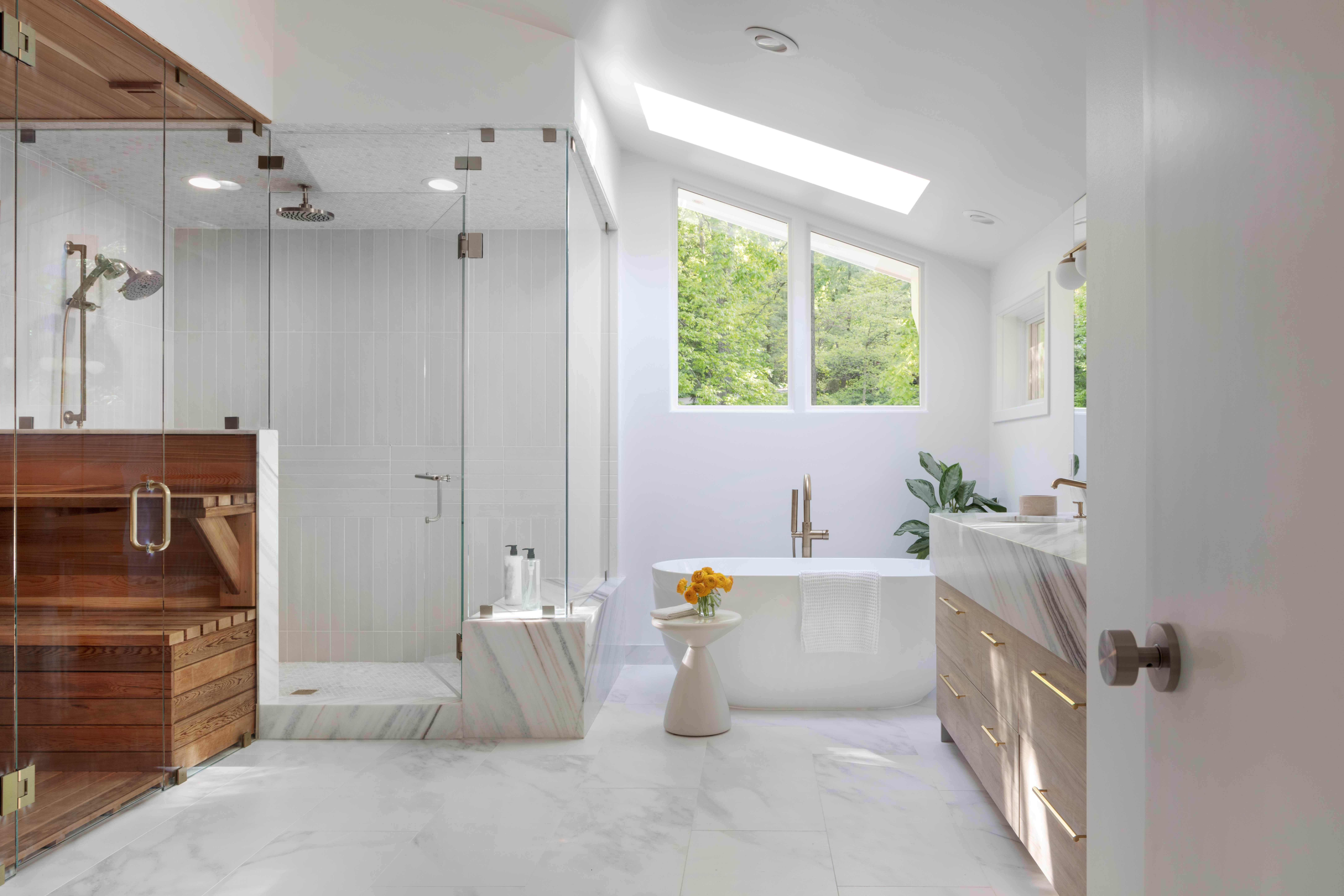
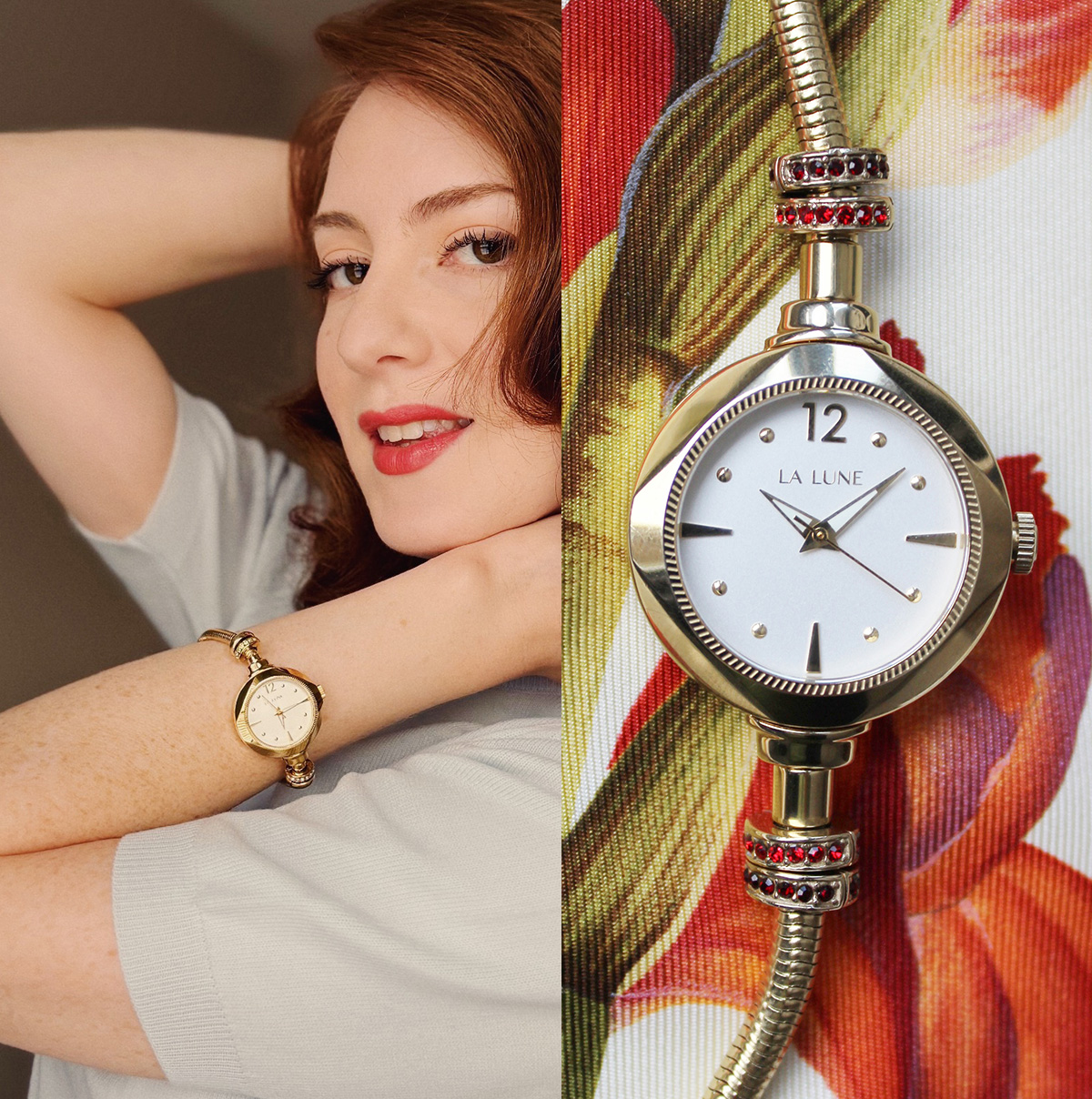
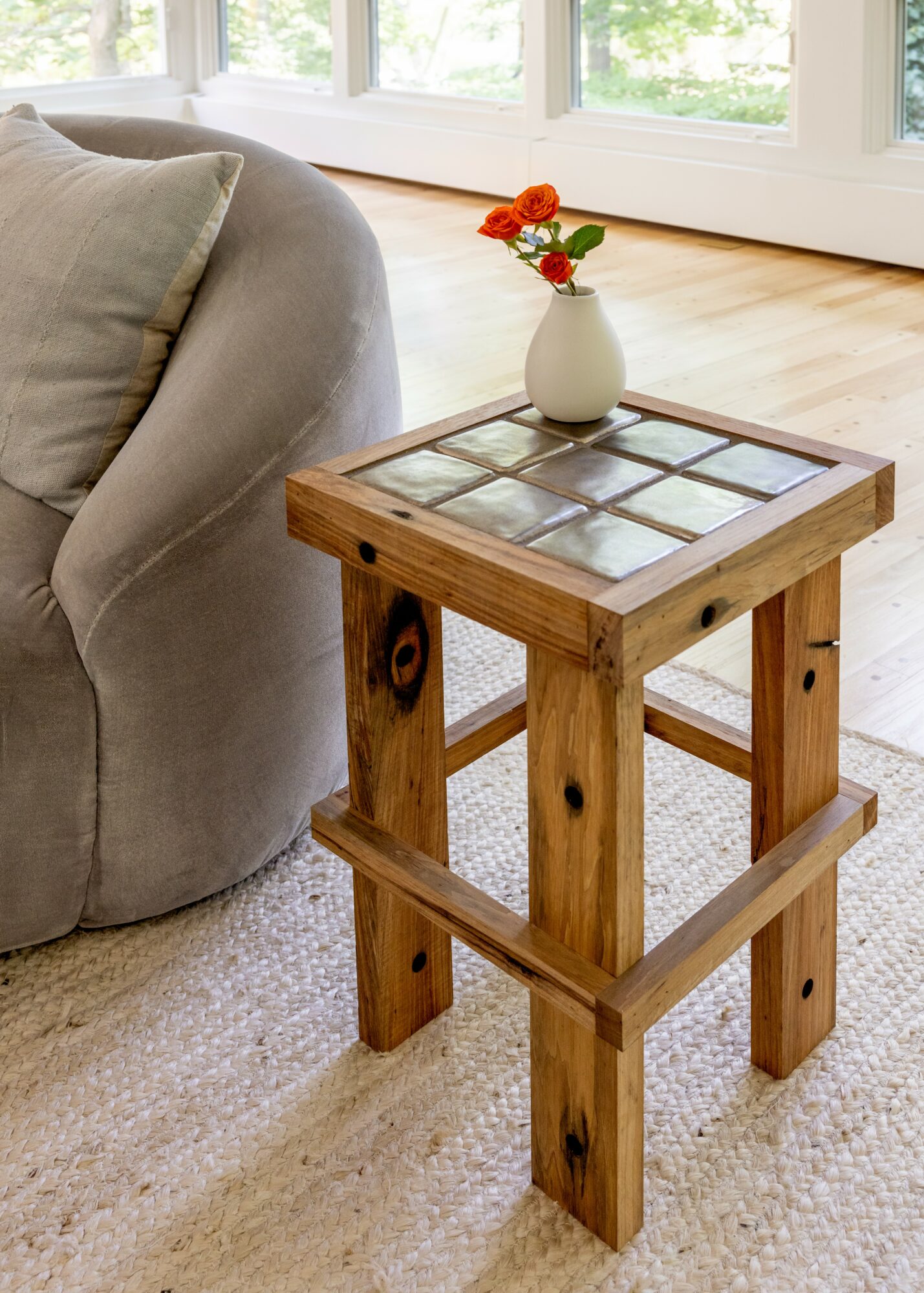
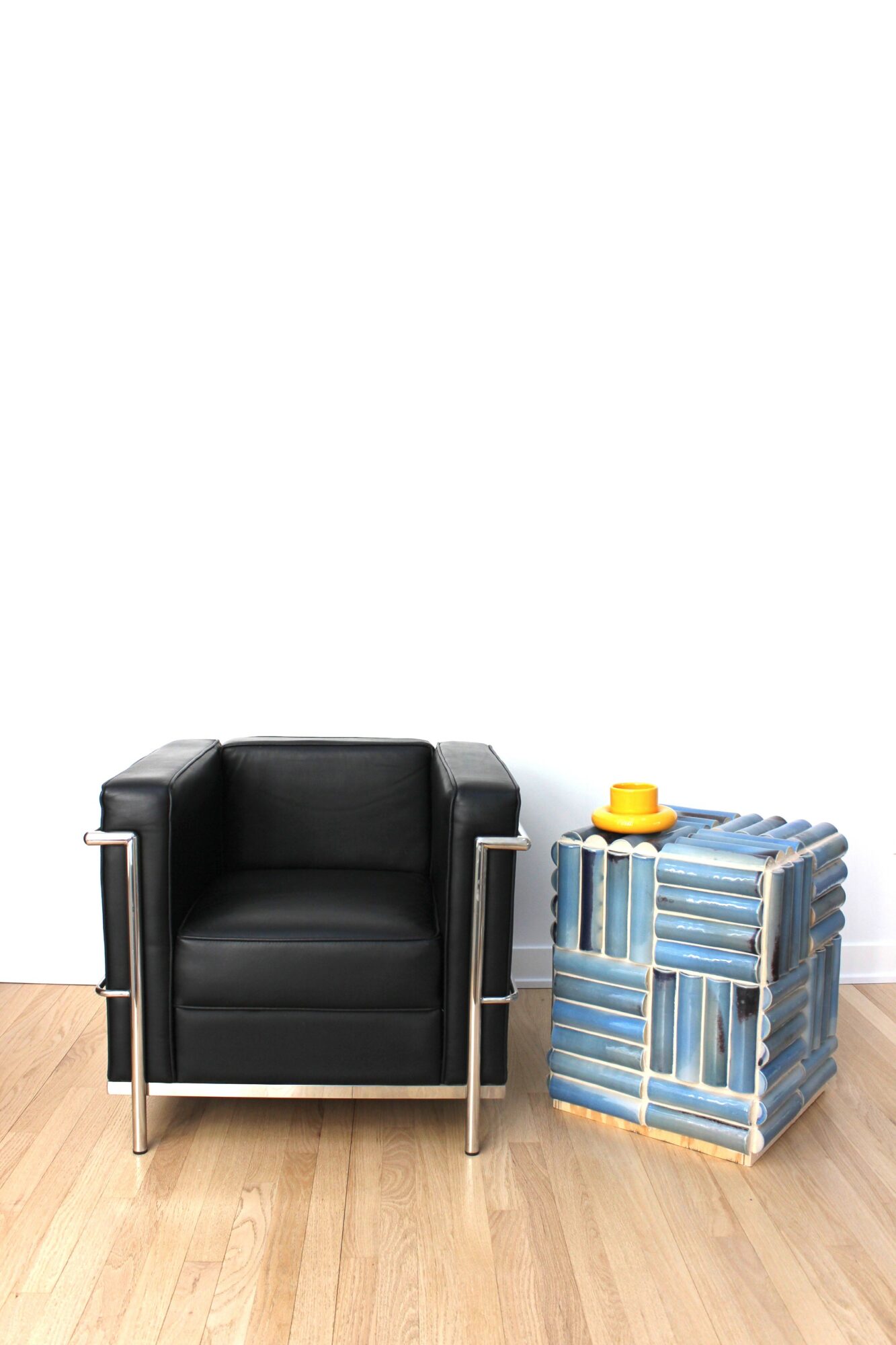
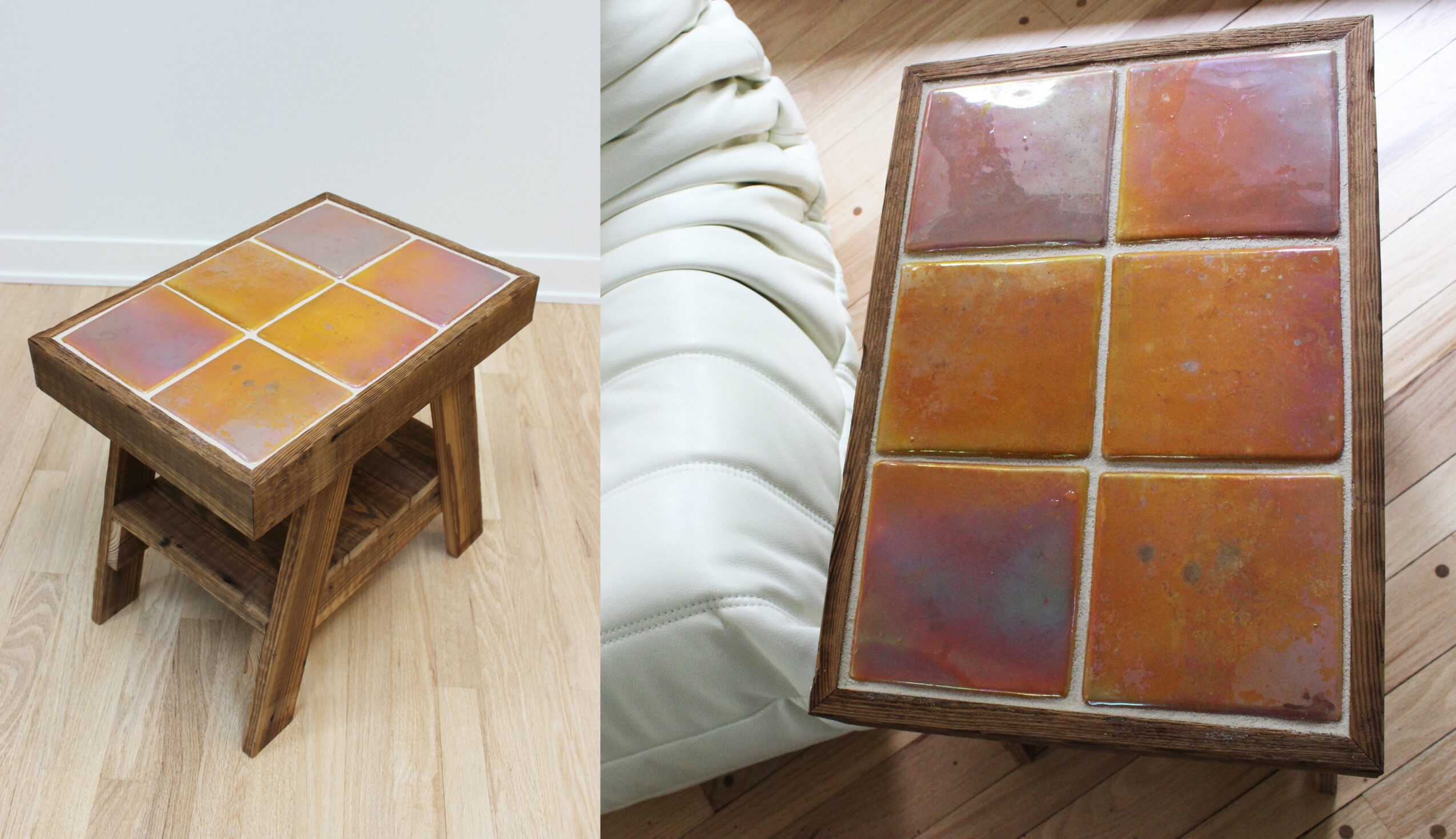
Image Credits
© Christopher Payne/Esto, Marta Perez











